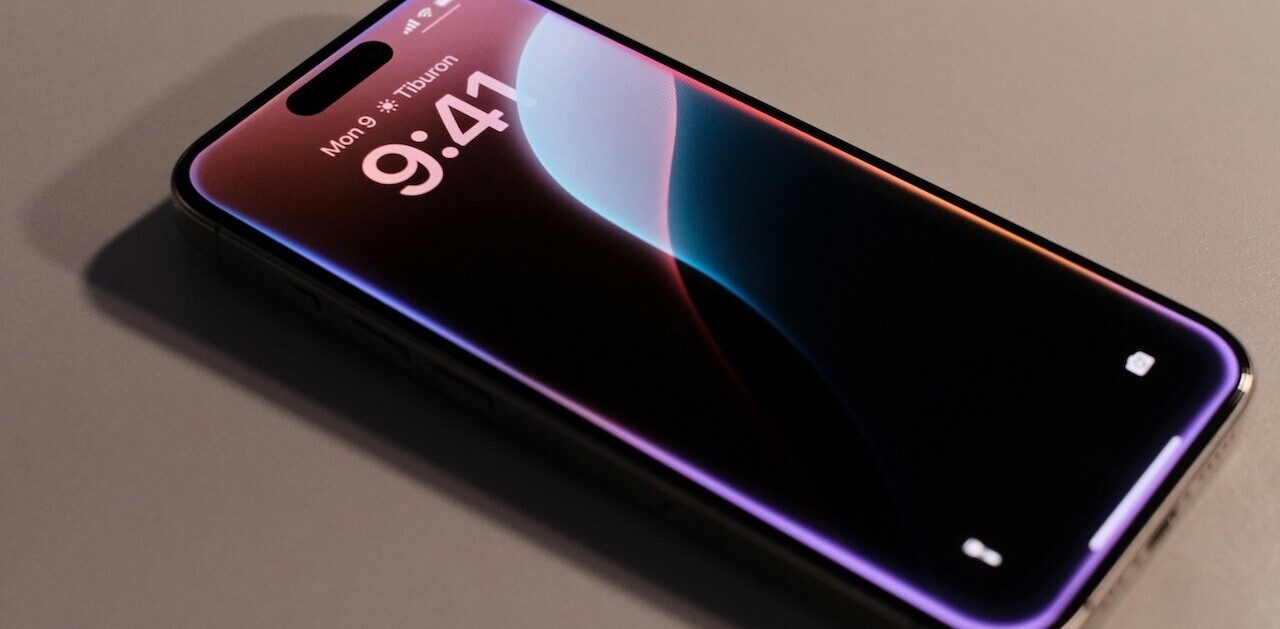
There have been a lot of changes to the mobile platform landscape in recent months. Innovative reimaginings of the way we connect with the world, new products and undeniably out-of-the-box features have made it an exciting time for consumers and the industry alike. But these big, bold changes have also created some uncertainty (and even anxiety) about where these moves are taking the market – especially the critical wearables segment.
We’re all wondering about where wearables are going, and what the future has in store for the wunderkind of the mobile family. That’s one of the reasons why we created our State of Wearables Report: to take a closer look at the launch of Apple Watch and Android Wear, and how these trailblazers could impact the market at large.
Unfortunately, when it comes to tech, fortune telling is a tough game. Research is one of the best ways to predict trends and provide precedent – but a little extra help never hurts, either. So, we compared notes with our trusty Magic 8-Ball to come up with our top three predictions for the future of Apple, Android and the rest of the wearables world.
Prediction #1. Without a doubt, iOS releases will get better with age and speed

Here’s a hard truth about our connected world: Consumers want a quality device – but they want it quick. Apple set precedent with its efforts to get iPhone users Apple Watch ready. Despite a harrowing production cycle (performed under a lot of attention and speculation), Apple released its most stable iOS version yet.
Today, Apple is pushing customers to its new, more stable OS – largely by taking advantage of its ability to control OS updates. Here’s an example: Apple Watch is only available on devices running iOS v8.2 and newer. iOS 8.2 was released on March 9, 2015, with Apple Watch hot on its heels, hitting the market a mere six weeks later. A week before Apple Watch was launched, more than 50 percent of all phones were Apple. An increasing number of apps are being loaded on iPhones – and with the release of iOS 8.3, the number of crashes has dropped dramatically.
On the other hand, Android has also succeeded in creating a stable OS release for Android Wear – Android OS 5.2 (aka the newest version of Lollipop). Crashes on the Android OS have decreased heavily compared to KitKat.
Prediction #2. You may rely on it: Wearables will open the door to consumers’ adoption of other new devices.

Apple Watch has also driven new device adoption, largely because it’s only compatible with newer devices: iPhone 6S, iPhone 6S Plus, iPhone 6, iPhone 6 Plus, iPhone 5, iPhone 5s, iPhone 5c, iPhone 4s, iPod Touch (fifth generation), iPad Pro, iPad Air, iPad Air 2, iPad Mini, iPad Mini 2, iPad Mini 3, iPad (third generation) and iPad 2. As a result, people aren’t just buying Watches – compatible iPhones and iPad purchases are on the rise, too.
But that’s not the only reason. Wearables are part of a complete mobile ecosystem. Once again, let’s use Apple as an example. The brand delivers a complete platform, rather than discreet devices. The Apple Watch will seamlessly fit into a ready-made thriving Apple environment, so there’s incentive for consumers to create their own personal network of Apple device infrastructure.
Prediction #3. Most likely, Samsung will attempt to “Apple-ize” the Android franchise.

Take Samsung Gear, for example. Forbes projects that if Samsung can entice 30 percent of its high-end customers to purchase its smartwatches, there could be an upside of about $1-1.5 billion to its long-term forecast. This translates into a value addition of about $5 billion, or $35 per share.
Read Next: 9 ways wearables could change health and fitness
Image credit: Shutterstock
Get the TNW newsletter
Get the most important tech news in your inbox each week.




